1. The Cat Who Inherited $12 Million

In 1988, a British feline named Blackie inherited a fortune of approximately £87million (about $12 million in today’s dollars). His owner left it all to him, making headlines and earning Blackie the title of “world’s richest cat.” Although Blackie’s wealth is a rare case, it highlights people’s deep emotional attachment to pets. Owners are willing to legally ensure their pets are cared for, sometimes even before human beneficiaries, by setting up trusts and funds dedicated to their furry companions.
2. Why Cats Outnumber Dogs in America

There are about 86 million pet cats compared to 78 million dogs in American homes, making cats the reigning pet population leaders. This surprising statistic defies the myth that dogs are far more prevalent, though dog-owning households remain more common. What fuels this feline domination? Cats are generally more affordable, lower-maintenance, and easier to care for in smaller living spaces. They also fit well into busy lifestyles as independent nappers and self-groomers. Plus, many households simply prefer adopting multiple cats at once, boosting their overall numbers.
3. Dogs Can Smell What We Can’t Even Imagine
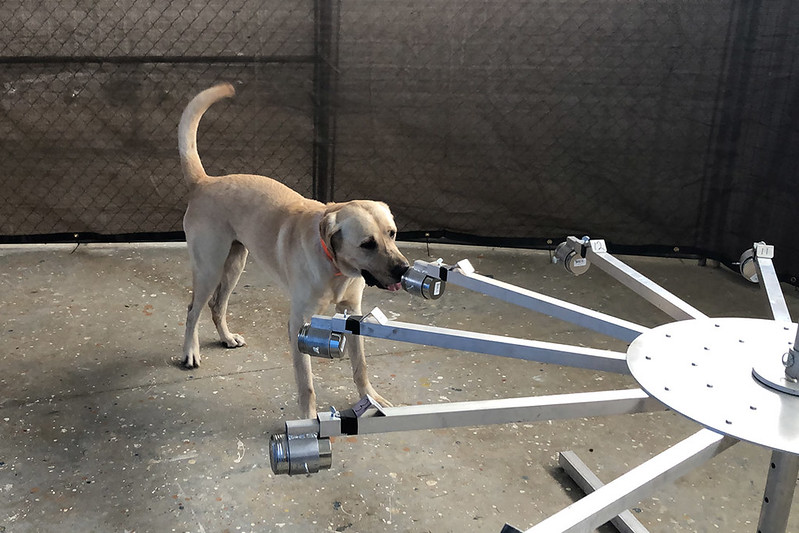
Dogs boast up to 300 million scent receptors, versus humans’ mere 5–6 million, making their sense of smell up to 100,000 times more acute. Their brains devote around 40 × more space to scent processing than ours, with specialized nostril architecture that separates sniffing from breathing. This extraordinary olfactory power lets dogs detect emotions (fear, stress), diseases (including cancer), and even time markers, like how long ago someone passed by. It’s why dogs are deployed in search-and-rescue missions and medical sniffing roles, smelling what we can’t even imagine.
4. Your Cat’s Purr Might Be Healing You
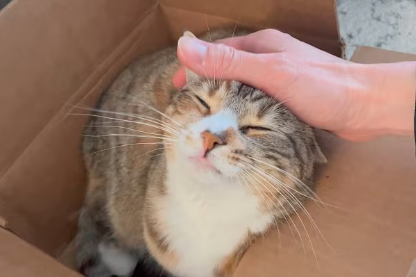
A cat’s purr vibrates at 25–150 Hz, a range scientifically linked to stimulating tissue growth and bone regeneration. When your kitty quietly purrs, it might be promoting its own physical recovery, and possibly yours too. Healing vibes? Quite literally! (Supportive studies exist in veterinary science.) These healing frequencies may explain why purring cats feel soothing, and why vets sometimes note fewer fracture complications in purring cats. Plus, many cat-therapy programs leverage this gentle hum to calm stressed or unwell patients, showing how feline biology empowers real-world benefits.
5. America’s Pet Industry Is Bigger Than Some Countries
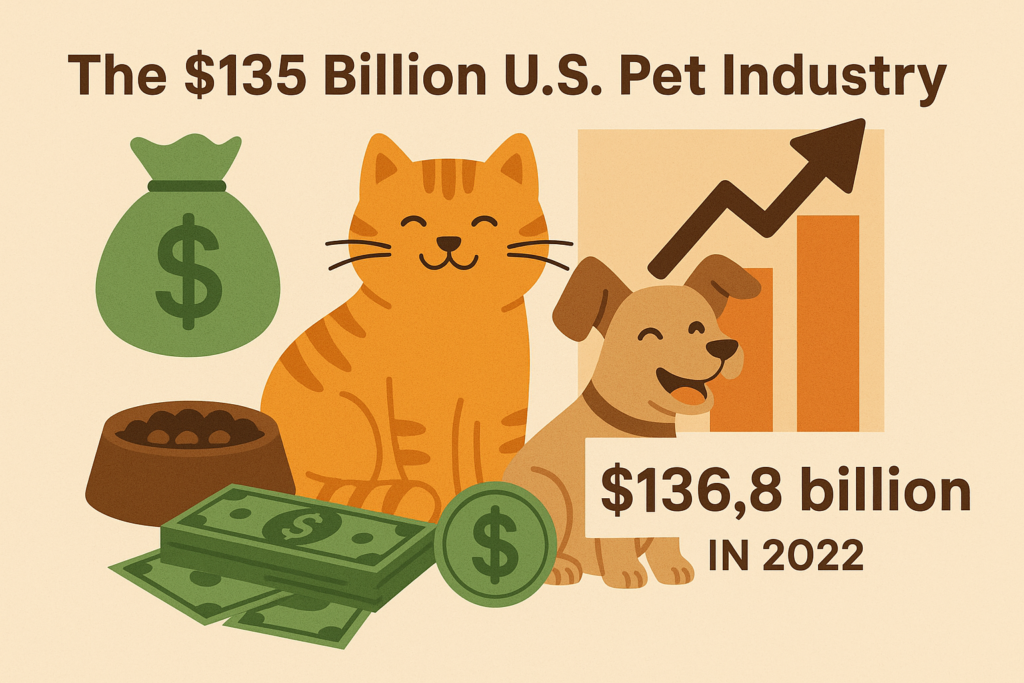
Americans poured over $136.8 billion into pets in 2022, covering food, healthcare, toys and more, which is larger than the GDP of some small nations. And this trend continues: by 2025, U.S. pet spending is projected to surpass $147 billion. Pet care has evolved into a “pet‑conomy” with bespoke services like pet resorts, gourmet foods, specialized medical treatments, and even pet funeral services. This emphasizes how deeply indoor cats and dogs are woven into family life and consumer culture, no longer just companions, but cherished members.
6. Dogs That Sniff Out Cancer With 97% Accuracy

Studies have shown trained dogs, such as beagles, can detect lung cancer in blood samples with around 97% accuracy. After rigorous training, the dogs correctly distinguished between cancerous and healthy samples nearly every time. This level of detection rivals many modern screening tools and offers a non-invasive, low-cost alternative for early diagnosis. Real-life stories reinforce science. One woman’s cockapoo repeatedly sniffed her breast before medical tests confirmed stage‑2 cancer, leading to early treatment that likely saved her life. Researchers are now working to identify the exact compounds dogs detect, aiming to create over-the-counter home tests, like masks combined with AI screening, to replicate this superpower in people-friendly formats.
7. Cats Sleep More Than You Think—Here’s Why
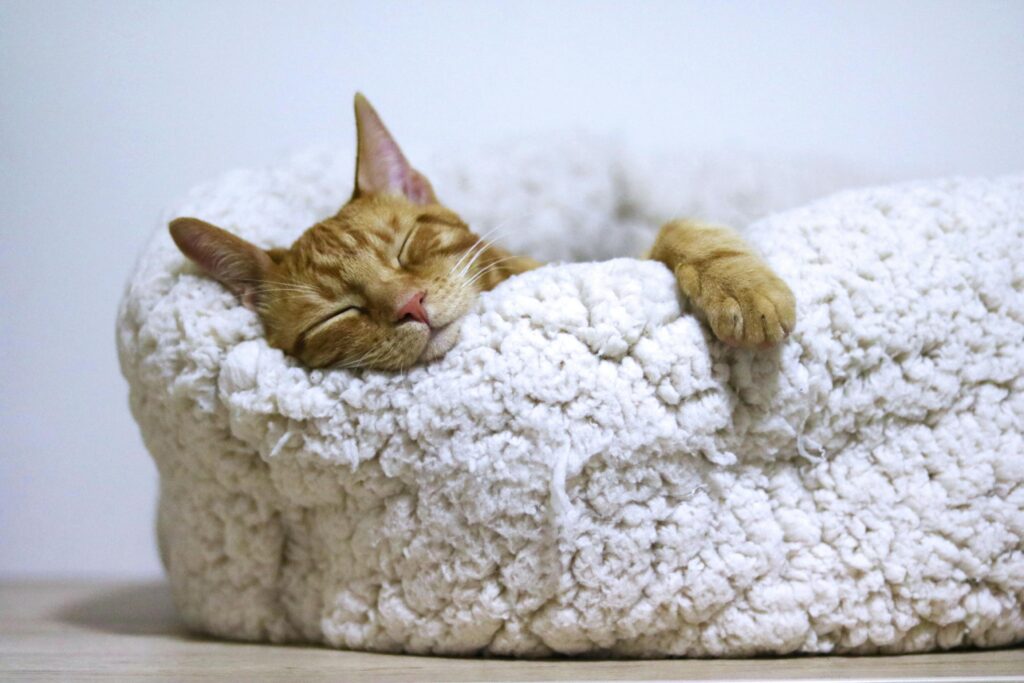
Domestic cats typically sleep 12–16 hours daily, with deep crepuscular rest, short naps adding up to most of their day. This sleep pattern conserves energy for bursts of playful or hunting activity, even though home cats rarely need to chase mice. It’s normal and healthy, unless there’s a sudden change in sleep habits, which might hint at stress or illness. Kittens and senior cats sleep even more, up to 20 hours a day. Wild ancestors needed long rest periods to recover from high-energy hunts. Today’s indoor cats maintain this instinct, and their polyphasic sleep (multiple naps rather than one long stretch) reflects that predator heritage, alert yet ready to pounce at any moment.
8. More Pets Than Kids? Welcome to Modern Family Life

In the U.S., more households host pets than children. While exact numbers vary, millions of homes care for cats or dogs without kids, a reversal of traditional family models. This indicates pets are now “fur babies” and full-blown family members, not just companions. That shift has social and economic ripple effects. Pet-centric services, like doggy daycares, pet hotels, and “pawrents” spending on grooming and health, are flourishing. When a pet is treated like a child, it changes how homes are designed, vacations are planned, and even how holidays are celebrated.
9. Dogs That Know Over 1,000 Words

Border collies, among other breeds, are capable of learning over 1,000 words, understanding names of objects, people, and commands. One famous Border Collie named Chaser learned more than 1,000 distinct items by name, demonstrating an impressive grasp of language and mental mapping. These dogs don’t just associate sounds, they understand references to objects and recall them later. This linguistic ability shows how intelligent dogs are and why they excel in working roles. From search-and-rescue missions and disability support to complex trick performances, dogs demonstrate reasoning, memory, and cognitive flexibility. They truly understand “fetch the red ball” from “fetch the blue toy.”
10. Cats Jump Like Superheroes—Here’s the Math

A healthy cat can easily jump five to six times its body length, both vertically and horizontally, typically achieving leaps around 1.5–1.8 m (5–6 ft) in a single bound. This extraordinary athleticism stems from their powerful hind-leg muscles, springy spine, and finely tuned balance, all honed by evolution for hunting and escaping predators. To put that in perspective: if a human standing 1.7 m tall could match a cat’s ability, they’d leap up to 10 m vertically, think jumping over a school bus roof in one go!. This superpower explains everyday feats like scaled counters, mid-air fence clearances, and ninja-style fridge landings, most cats are just showing off their built-in parkour skills.
11. Cats Speak 16 Languages—Dogs Only About 10
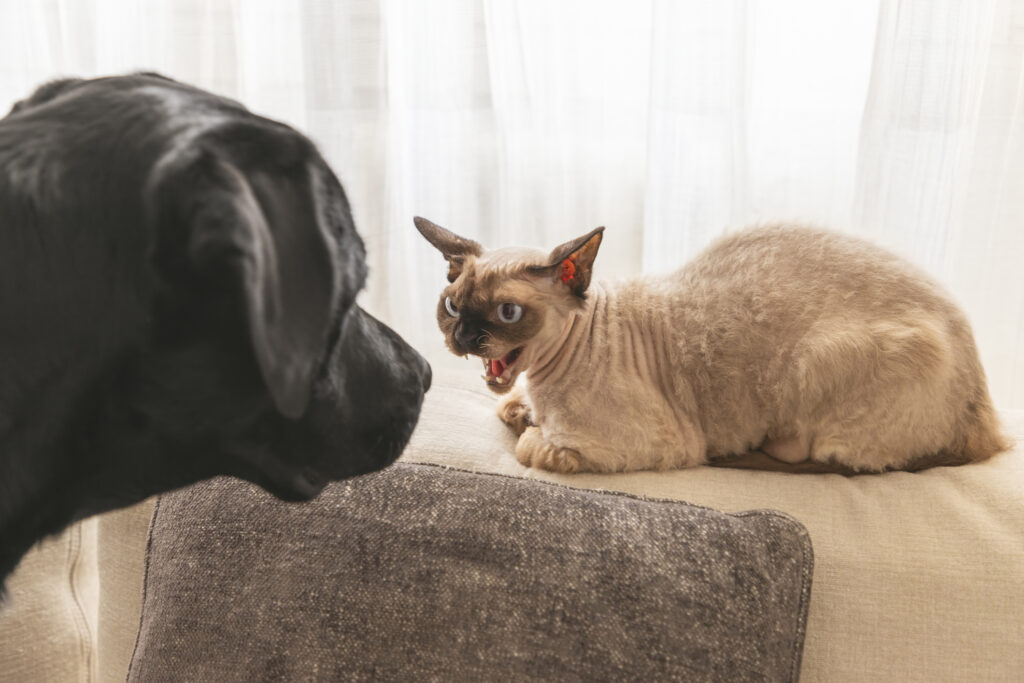
Cat vocalizations have been categorized based on their acoustic characteristics. According to Mildred Moelk’s 1944 phonetic study, cat sounds fall into three main classes: murmurs (purring, trilling) with the mouth closed, meows and howls with the mouth opening and closing, and tense sounds (growls, hisses, spits) with the mouth held open. Moelk identified 16 distinct vocal patterns, including six forms of meows conveying emotions like friendliness, anger, and fear, as well as sounds related to mating and fighting. Whereas dogs typically manage around 10 basic sounds like barks, whines, growls, and howls. Research also shows that many of these sounds are tailored specifically for humans. Domesticated cats use varied pitch, volume, and rhythm to capture our attention, a mini “vocabulary” they’ve evolved alongside us. That’s why your cat might have one meow for breakfast, another for playtime, and a unique trill just because they want to chat.
12. A Dog’s Nose Print Is Its Fingerprint
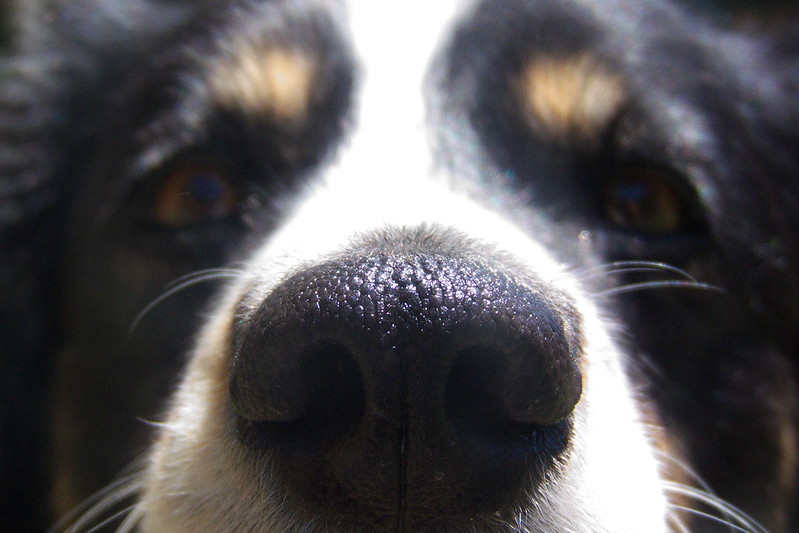
A dog’s nose print, composed of ridges and creases, is as unique as a human fingerprint. Organizations, including the Canadian Kennel Club, have historically used them for identification. Some modern apps even match nose-print photos to pre-registered dogs, offering a no-cost, surgery-free way to identify lost pets. Though not as mainstream as microchips, nose-print ID holds promise as a natural, backup identification method. As technology improves, we may see more shelters and vets adopting this humane and non-invasive technique.
13. Dogs Rule the Real World—Cats Rule the Internet
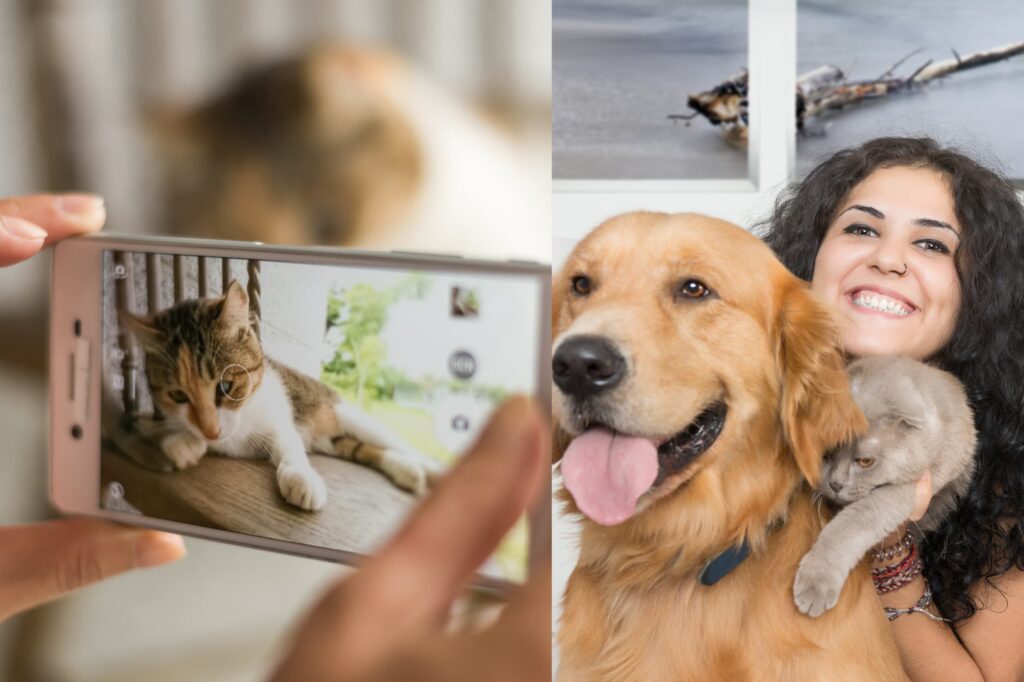
Dogs remain the most popular pets globally, valued for security, companionship, and service roles. Meanwhile, cats have become online superstars. Millions of people engage daily with viral videos, memes, and Instagram-famous felines, with hashtags like #Cat consistently topping social media charts. This split reign, dogs in our homes, cats in our feeds, highlights how each species captures different facets of human affinity. Dogs are trusted partners in physical tasks; cats are masters of emotive expression in short, scrollable clips. Together, they rule both the world and the web.
14. In Ancient Egypt, Killing a Cat Meant Death

In ancient Egypt, cats were sacred embodiments of goddesses like Bastet. Therefore, ancient sources like Diodorus Siculus and Herodotus report that the killing of a cat, even accidentally, could be punishable by death. Their divine status led to profound mourning; families often shaved their eyebrows when a beloved cat died, and cats were ceremonially mummified and buried. Beyond legal protection, cats played religious roles. Temples featured cat cemeteries, and massive festivals at sites like Bubastis drew hundreds of thousands to honor feline divinities. Their revered status shaped laws, rituals, and daily life, showing how deeply pets were woven into ancient society.
15. Millions of Cats Were Mummified for the Goddess Bastet
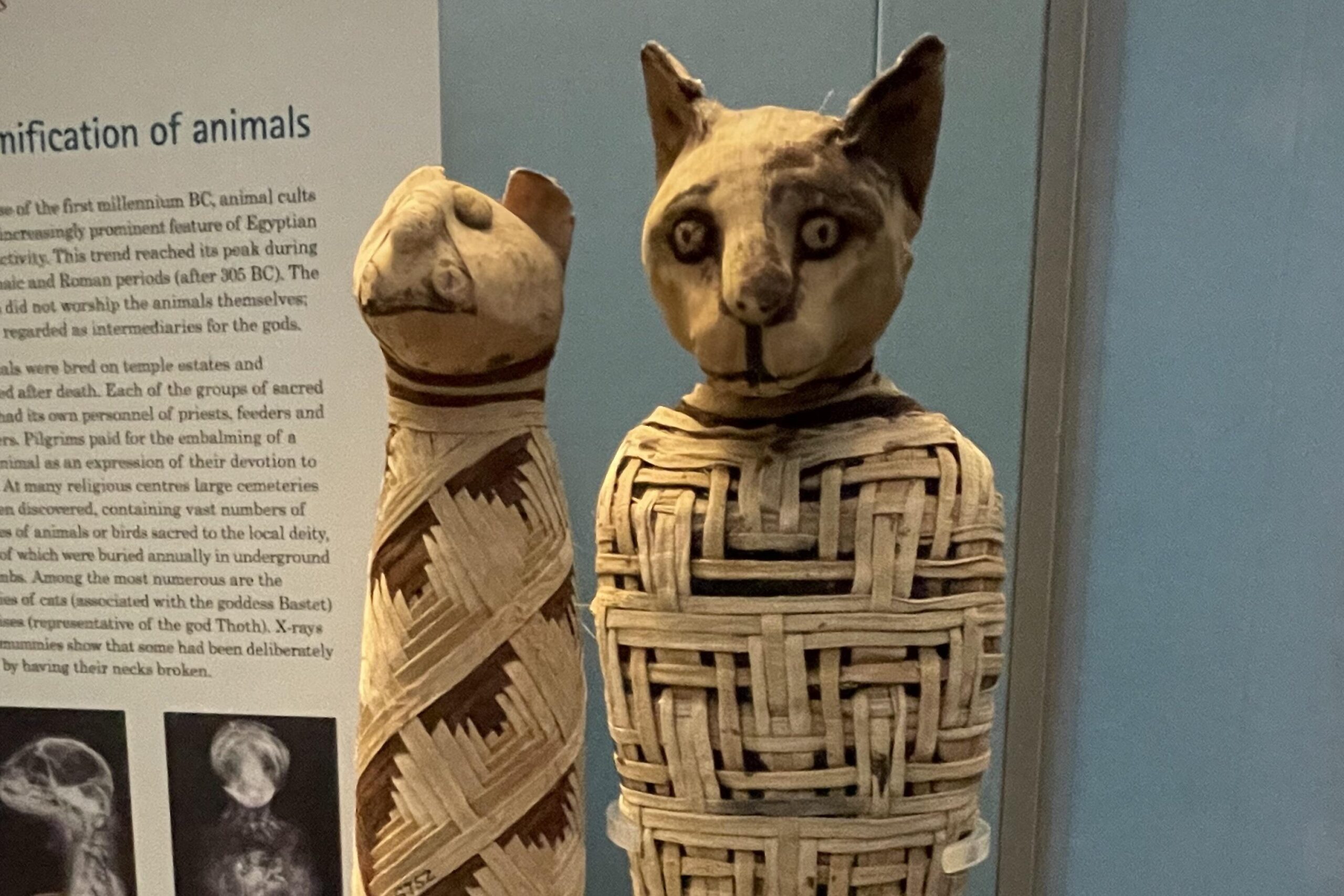
From around 900 BC through the Roman era, Egypt saw the mass production of millions of cat mummies as offerings to Bastet, guardian goddess of home and fertility. These votive mummies were sold in markets, ceremonially wrapped, and buried in temple catacombs at Saqqara, Bubastis, and elsewhere. Not all were cherished pets, many were bred and euthanized specifically for ritual sacrifice. Still, others were actual household cats, honored after a natural death. The sheer scale of this practice reveals a powerful feline-focused industry in ancient Egypt, intertwining economics, religion, and devotion.
This 15 Dog and Cat Facts That Will Blow Your Mind story was first published on Daily FETCH


